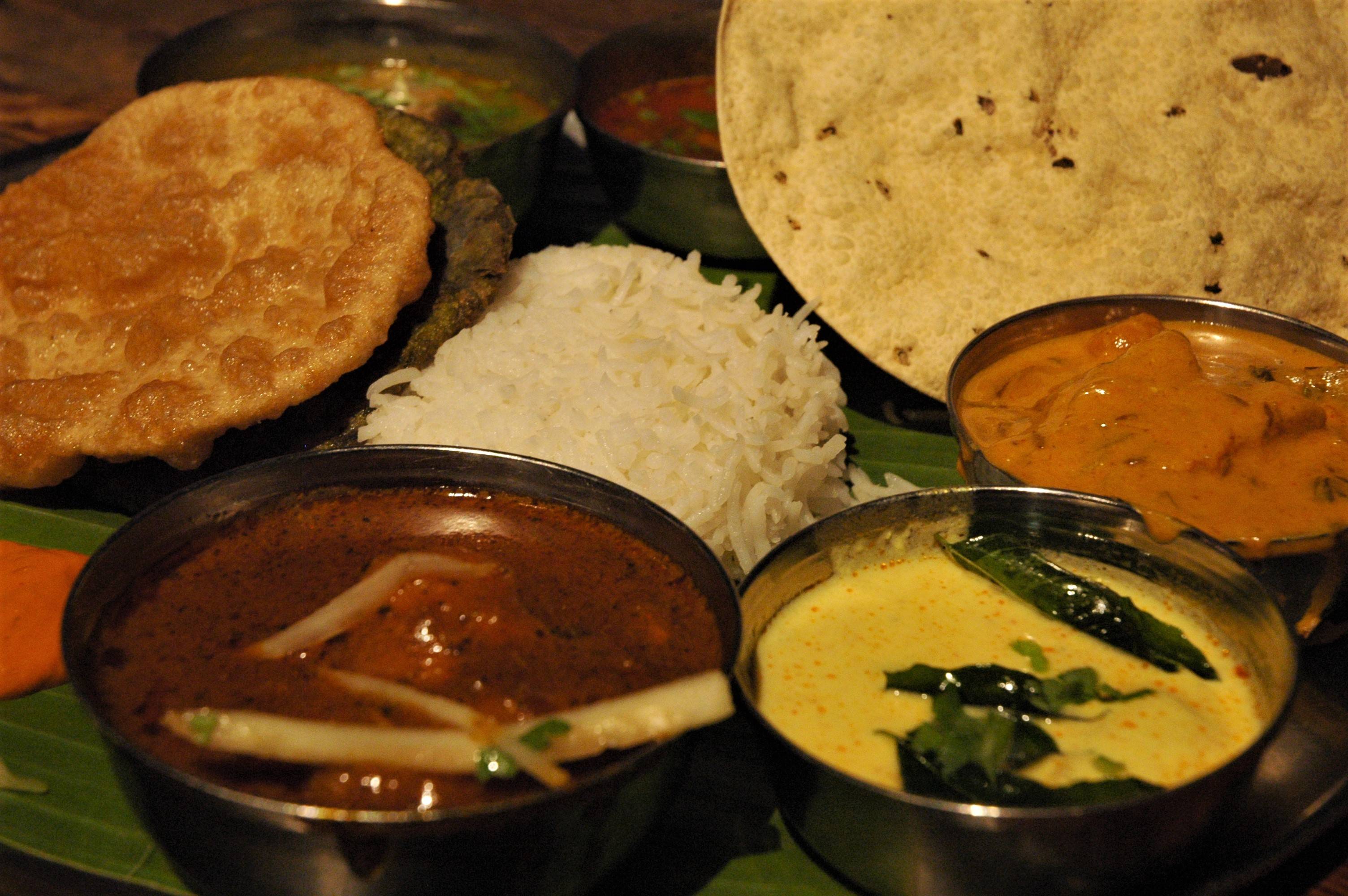Indian cuisine in Japan begins with an approximation once removed. It was British merchants who supplied Japan with its first taste of food from the subcontinent in the form of curry in the late-19th century. That curry was very much a British thing, born of ready-made powder — a spice combo that suited Western tastes for exotica that eschewed authenticity for uniform flavor.
This was welcomed in Japan as one of many hip, new dishes comprising yōshoku (Western cuisine) since, as far as Japanese people were concerned, it hailed from Britain. Paired with rice, the meal was dubbed raisu karē, later karē raisu.
After the ban on eating meat was lifted in 1871, meat consumption was not only popular in rapidly modernizing Japan but recommended for improving diet. Served with chunks of meat (commonly chicken and beef, but occasionally frog, possibly due to the influence of French cuisine at the time), karē raisu fit the bill. Potatoes, carrots and onions — considered rare Western vegetables — didn’t become the norm until decades later.



















With your current subscription plan you can comment on stories. However, before writing your first comment, please create a display name in the Profile section of your subscriber account page.